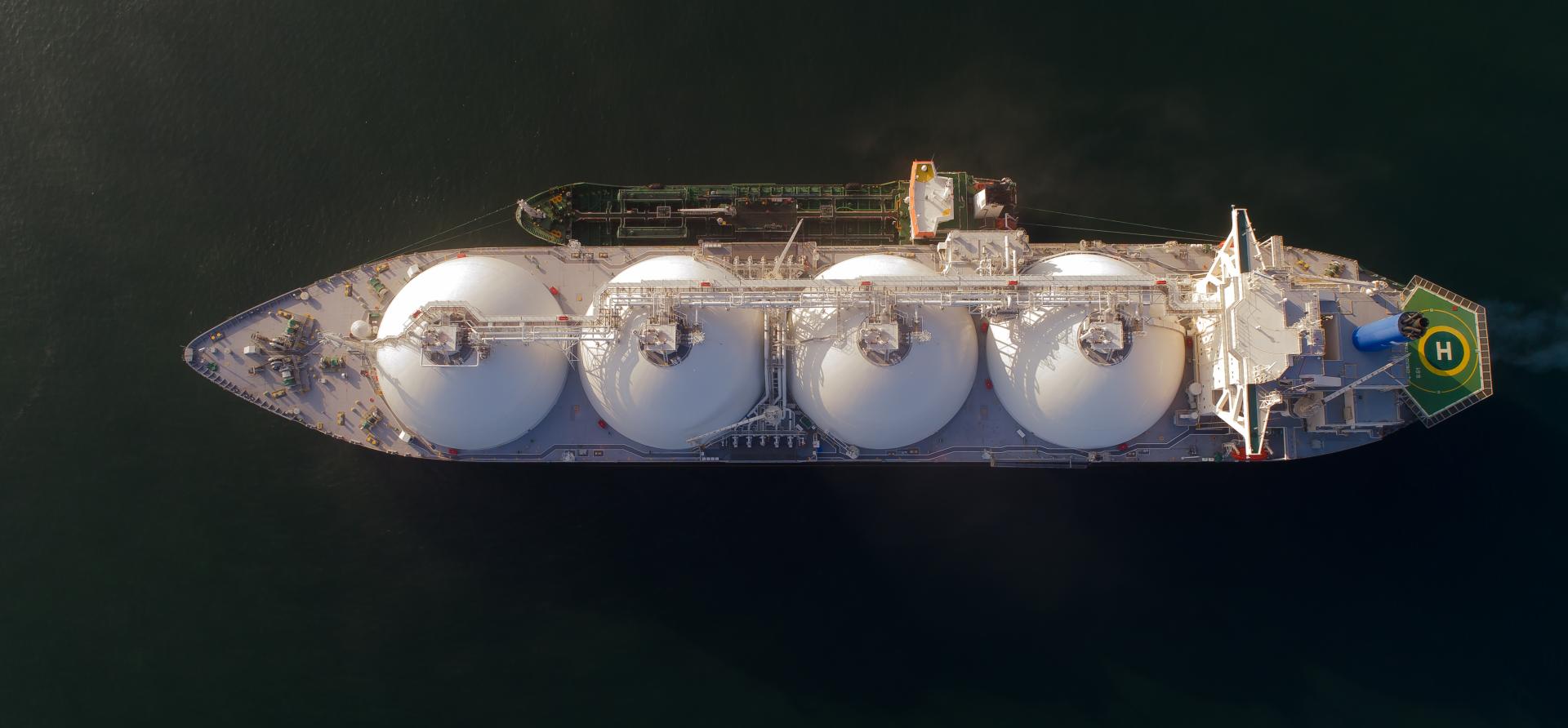
Key Findings
Despite France’s gas consumption plummeting to a ten-year low in August 2023, the country continues expanding its LNG infrastructure.
Russia is the second-largest supplier of LNG imports to France, even though the country wants to break its dependency on Russian gas.
Russian LNG from the Yamal plant continues to be transshipped at France’s Montoir-de-Bretagne LNG terminal and sent to other markets.
As the utilisation rate of France’s LNG terminals is not growing as expected, this raises the question of why the country is expanding its import capacity.
Infrastructure Buildout Continues Despite Falling Gas Consumption
With the intention of curbing Russian gas deliveries following last year’s invasion of Ukraine, France and other European countries have slashed consumption of the fossil fuel while investing in infrastructure to import new supplies from alternative sources. Although France could be reducing imports of Russian gas via pipeline, surprisingly it has continuously been importing Russian liquified natural gas (LNG).
France paid about €32 billion for imported LNG in 2022, a record high, according to Eurostat. The largest amounts were paid to the U.S. (€16.0 billion), Russia (€5.4 billion), Qatar (€3.2 billion), Algeria (€2.4 billion), Angola (€1.4 billion) and Norway (€1.2 billion).
Not only has France been importing Russian LNG, it has been allowing transshipments of Russian LNG destined for other markets. 1.68 billion cubic metres (bcm) of LNG from Russia's Yamal plant was transshipped at France’s Montoir-de-Bretagne LNG terminal in 2022 and 0.89 bcm between January and July 2023.
France’s plans to expand its gas infrastructure continue, with the country contemplating increasing the capacity of operational LNG terminals and boosting the capacity and modifying the flow direction of some international gas pipelines.
While France continues investing in gas and LNG infrastructure, its gas use keeps falling. GRTgaz reported a 9% drop in gas consumption in 2022 thanks to milder weather, higher prices and lower household consumption. Gas use in the first half of 2023 was lower than the same period of the preceding two years. Based on Eurostat data, gas consumption in August 2023 plummeted to a ten- year low, to 1.351 bcm, below consumption in August 2021 (1.357 bcm) when economic output was impacted by COVID.
France exports gas to neighbouring countries, and the volumes and direction of flows are seasonal. Among those countries are Spain, Switzerland, Italy, Belgium, the Netherlands, Luxembourg and Germany since 2022. In recent months, France has been exporting more gas to Switzerland and Italy, but the flows have balanced with increased imports from Spain.
The utilisation rate of France’s LNG terminals has been lower in 2023 compared to last year. If demand keeps falling, will there be a need for its new LNG terminal?
















